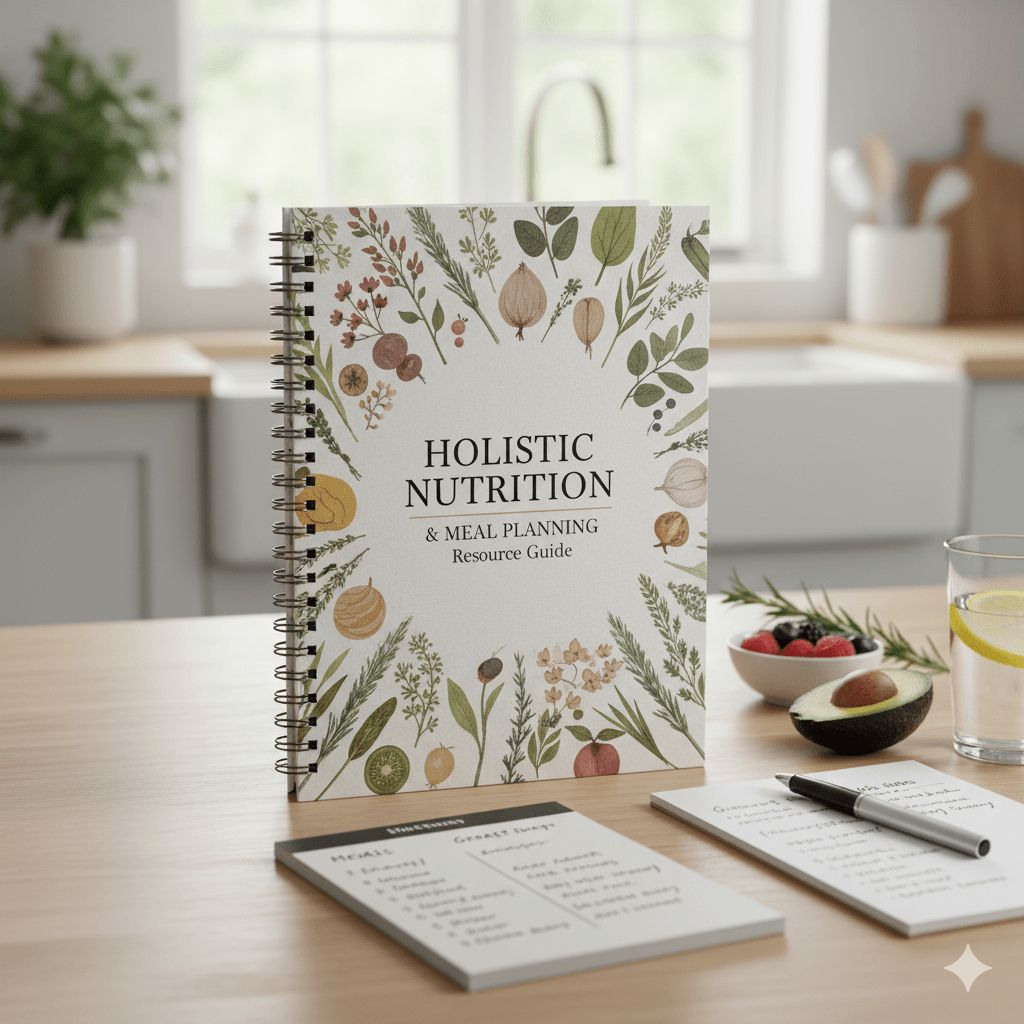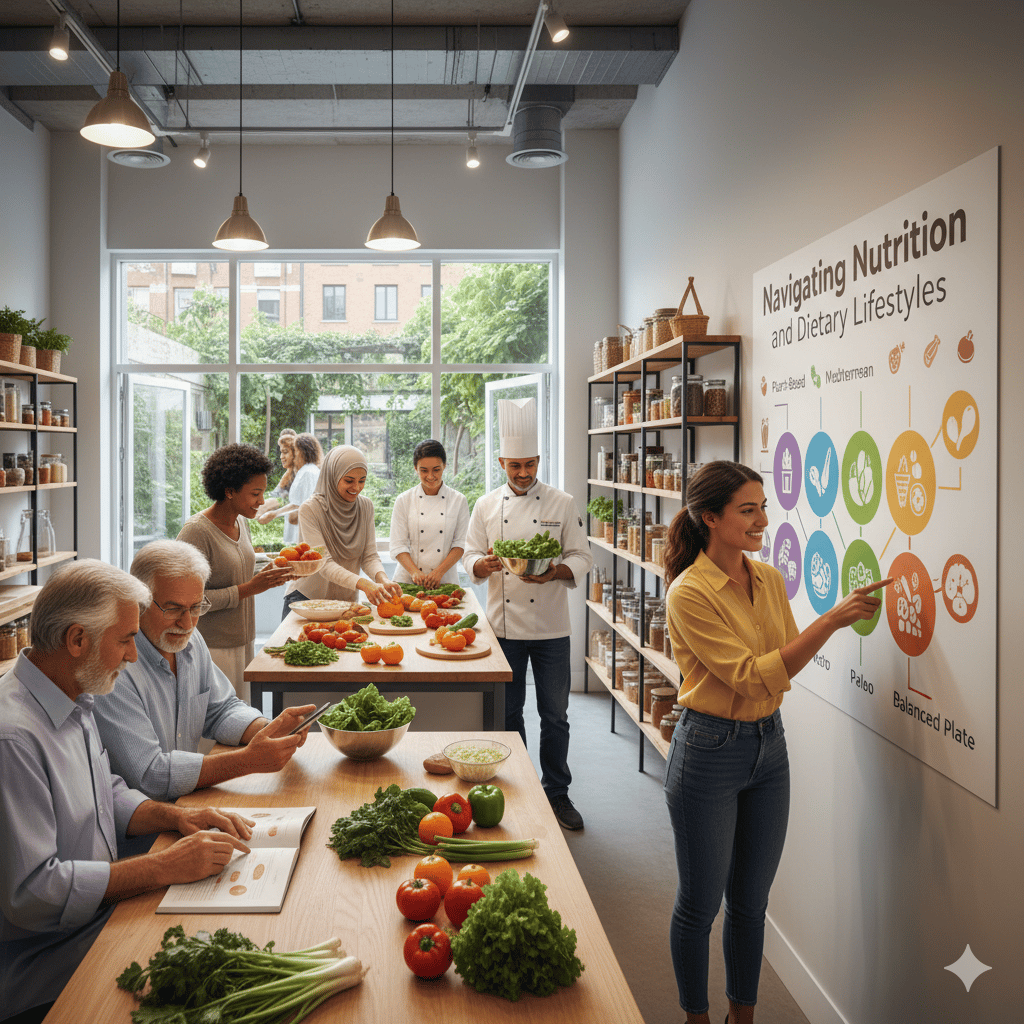- Ark's Newsletter
- Posts
- 5 Surprising Nutrition Facts That Will Change How You Eat
5 Surprising Nutrition Facts That Will Change How You Eat
Navigating the world of nutrition can feel like a full-time job. One day, a food is a superfood; the next, it’s on the “avoid at all costs” list. This constant stream of confusing and often contradictory health advice can make it hard to know what’s truly best for your body.
This article cuts through the noise. We’ve distilled key insights from expert dietary guidelines and practical, real-world advice to bring you five surprising and counterintuitive facts. This evidence-based takeaway will challenge common assumptions and empower you to make smarter, simpler choices about how you eat.

1. You’re Probably Overthinking Protein (And Your Supplement Might Be Hurting You)
There’s a pervasive anxiety around protein, especially for those considering a plant-based diet. Many people worry that without meat, they will struggle to get enough of this essential macronutrient, a fear the billion-dollar protein supplement industry is built on. However, the data tells a different story. As highlighted in a review of vegan nutrition by health journalist Anjelica Price-Rocha, the concern about protein deficiency is largely a non-issue. In fact, the average vegetarian and vegan gets 70% more protein than they need daily, while omnivores get about 80% more.
This surplus makes adding protein supplements on top of a normal diet not only unnecessary but also inadvisable. According to the Dietary Guidelines for Indians, research indicates that for people doing resistance training, protein intake greater than approximately 1.6 grams per kilogram of body weight per day does not contribute further to muscle mass gains. More importantly, over-supplementation can have serious downsides.
“Moreover, prolonged intake of a large amount of protein as a sole supplement is associated with potential dangers, such as bone mineral loss.”
For most people, including athletes, a diverse, whole-food diet provides all the protein required, making expensive supplements an inefficient use of money. You’re not just buying a supplement; you’re often paying for a solution to a problem that doesn’t exist, while potentially introducing new health risks.

2. Your Post-Meal Tea or Coffee Habit Is a Nutrient Thief
Enjoying a cup of tea or coffee with or immediately after a meal is a common ritual for many. While it may seem harmless, this habit can significantly interfere with your body’s ability to absorb key nutrients from your food. According to the Dietary Guidelines for Indians, tea and coffee contain compounds called tannins, which are known to interfere with the body’s absorption of iron. The solution is simple and requires only a small timing adjustment: tea and coffee should be avoided for at least one hour before and one hour after meals to maximize iron absorption.
This tip is crucial because iron is essential for producing hemoglobin and preventing anemia. Since plant-based sources of iron already have lower bioavailability than animal sources, ensuring your body can absorb as much as possible is particularly impactful for everyone, especially those following vegetarian or vegan diets.

3. There’s No Single “Healthiest” Way to Cook Your Food
People often search for the single “best” cooking method, believing one technique holds the key to maximal nutrition. However, the reality is more nuanced. Different cooking methods affect the nutrients in food in different ways, and each has its own set of pros and cons. Based on the Dietary Guidelines for Indians, here is a balanced look at how various cooking methods impact your food:
Steaming: This is the best method for increasing the levels of antioxidants and polyphenols. It also minimizes the loss of water-soluble vitamins because the food doesn’t come into direct contact with the cooking water.
Microwaving: Because of its short cooking time and minimal water usage, microwaving retains more vitamins and minerals than most other cooking methods.
Grilling: Grilling helps food retain vitamins and minerals like vitamins A and D, zinc, and iron, and it allows excess fat to drip away. However, it can also create potentially harmful compounds (polycyclic aromatic hydrocarbons, or PAHs), so it’s important to avoid charring your food.
Frying: This method increases fat consumption. Repeatedly heating oil is harmful, so oil used once for frying should be filtered and repurposed for curry preparation but not used for frying again.
The healthiest approach isn’t to stick to one method but to use a variety of techniques appropriate for the food you are preparing. This ensures you get a broader range of nutritional benefits while minimizing the potential downsides of any single method.

4. Food Labels Can Be Misleading (Here’s How to Read Between the Lines)
Food labels are intended to provide clarity, but splashy marketing claims on the front of the package can often be confusing or downright misleading. Learning to read between the lines is a critical skill for making informed choices. The Dietary Guidelines for Indians highlights several common but misleading claims to watch out for:
“Made with Whole Grain”: This phrase doesn’t mean the product is 100% whole grain. A product can make this claim even if it contains mostly refined flour with only a small amount of whole grains added.
“Sugar-Free”: These foods are not necessarily low-calorie. They may be high in calories from fats or refined cereals like white flour and starch. They can also contain hidden sugars such as maltitol, fructose, corn syrup, or molasses.
“No Cholesterol”: This claim on plant-based oils is a marketing trick, as no plant-based food naturally contains cholesterol. Remember that all oils are 100% fat and should be used in moderation.
“Real Fruit”: A product can legally make this claim even if it contains as little as 10% fruit pulp. The rest is often comprised of added sugar, water, and other additives.
The best strategy is to ignore the claims on the front of the package and turn your attention to the ingredients list on the back. Ingredients are listed in descending order by quantity, with the largest ingredient listed first. As health journalist Anjelica Price-Rocha advises, “When buying packaged foods, the fewer ingredients, the better.”
5. A Vegan Diet Is Far From Restrictive—And the Soy “Myth” Is Busted
A common belief is that adopting a vegan diet means eating a limited and boring range of foods. In reality, a well-planned vegan diet is incredibly diverse. It consists of a wide array of fruits, vegetables, nuts, seeds, legumes, and grains, supplemented by a rapidly growing market of delicious dairy and meat alternatives. However, one of the most persistent myths surrounding this diet is the claim that soy products, a plant-based staple, increase the risk of cancer.
This concern has been widely investigated and debunked by the scientific community. As health journalist Anjelica Price-Rocha notes in an evidence-based review:
“In fact, you’ll see in this American Cancer Society article that “the health benefits of soy outweigh any potential risk,” and that “there is growing evidence that eating traditional soy foods such as tofu, tempeh, edamame, miso, and soymilk may lower the risk of breast cancer.” “
Modern research shows that not only are these fears unfounded, but also that traditional soy foods are actively linked to a lower risk of certain cancers, turning a long-held myth completely on its head. A well-planned vegan diet offers an abundant variety of foods, and its staples are proving to be powerful allies for long-term health.
Conclusion
True nutritional wisdom isn’t about chasing the latest fad; it’s about questioning common assumptions and focusing on fundamental principles. From rethinking protein to reading labels critically, small shifts in perspective can lead to significant improvements in your health and well-being. As you move forward, a simple question can guide your journey: What long-held food “rule” might be worth questioning in your own kitchen?